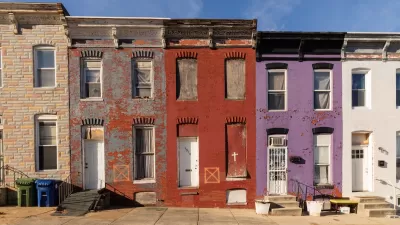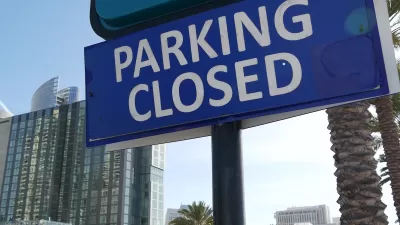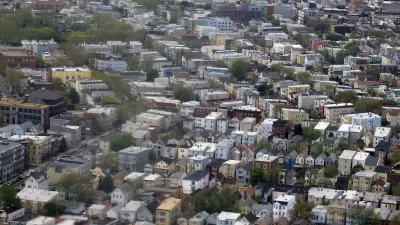When we start to liken housing and neighborhood cycles to the kinds of predictable, unstoppable cycles found in nature, we may find ourselves in a dangerous trap.

About a year ago I wrote a post about Paul Krugman and whether building luxury housing could mitigate the effects of gentrification. For whatever reason, I just noticed one of the comments on that post, which in turn prompted me to think about a very different question. The reader wrote that “the author is completely ignorant of the housing cycle. As time goes on, the luxury condos tend to pass down the economic chain to become condos for the middle class, then the lower-middle class, and then back up the economic chain again.” Leaving aside the writer’s condescending rudeness, which reflects more on him than on the subject of his criticism, his observation is utterly fatuous. But be that as it may, he raises an important point. As human beings, we are constantly attuned to cycles in nature. The sun and moon rise and set, the tides rise and fall, the seasons go and come back. Perhaps that explains our desire to impose a cyclic order on social and economic phenomena, but we’ve been doing it for a long time. In 1959, two of the most prominent urban economists of the time, Edgar (not J. Edgar!) Hoover and Raymond Vernon, offered their take on the “neighborhood life cycle”:
Stage 1: Single-family residential development.
Stage 2: Transition to higher density, apartment construction.
Stage 3: Downgrading to accommodate higher density through conversion and overcrowding of existing structures, spread of ethnic and minority districts.
Stage 4: Thinning-out or “shrinkage” characterized by population loss and decline in housing units.
Stage 5: Renewal through public intervention, redevelopment and replacement of obsolete housing with new multifamily apartments.
In 1975, HUD asked the Real Estate Research Corporation (RERC) to take a fresh look at the cycle. RERC was more pessimistic, as reflected in its version:
FULL STORY: Myths and Realities About Cycles: Avoiding the Inevitability Trap

Maui's Vacation Rental Debate Turns Ugly
Verbal attacks, misinformation campaigns and fistfights plague a high-stakes debate to convert thousands of vacation rentals into long-term housing.

Planetizen Federal Action Tracker
A weekly monitor of how Trump’s orders and actions are impacting planners and planning in America.

In Urban Planning, AI Prompting Could be the New Design Thinking
Creativity has long been key to great urban design. What if we see AI as our new creative partner?

King County Supportive Housing Program Offers Hope for Unhoused Residents
The county is taking a ‘Housing First’ approach that prioritizes getting people into housing, then offering wraparound supportive services.

Researchers Use AI to Get Clearer Picture of US Housing
Analysts are using artificial intelligence to supercharge their research by allowing them to comb through data faster. Though these AI tools can be error prone, they save time and housing researchers are optimistic about the future.

Making Shared Micromobility More Inclusive
Cities and shared mobility system operators can do more to include people with disabilities in planning and operations, per a new report.
Urban Design for Planners 1: Software Tools
This six-course series explores essential urban design concepts using open source software and equips planners with the tools they need to participate fully in the urban design process.
Planning for Universal Design
Learn the tools for implementing Universal Design in planning regulations.
planning NEXT
Appalachian Highlands Housing Partners
Mpact (founded as Rail~Volution)
City of Camden Redevelopment Agency
City of Astoria
City of Portland
City of Laramie





























